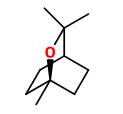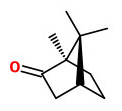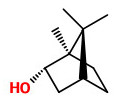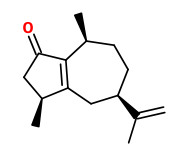Rosmarinus officinalis L. - Lamiaceae - rosemary, Rosmarin
Fragrant evergreen shrub of the Mediterranean region, naturalized in Europe; small shrub with erect twigs, 0.50-2m high; leaves leathery, below white hairy; flowers pale blue, small.
The leaves are a common spice for baked potatoes in Europe. „Rosemary is used as a decorative plant in gardens and has many culinary and medical uses… The leaves are used to flavor various foods, such as stuffings and roast meats.“ http://en.wikipedia.org/wiki/Rosemary
Dried leaves (Rosmarini folium) and essential oil (Rosmarini aetheroleum) are said to act tonic, antimicrobial and spasmolytic. „Rosemary is a carminative and stomachic to treat stomach cramps and flatulence, and to stimulate appetite and the secretion of gastric juices. It is considered useful against headache and nervous complaints. When used externally (in ointments and bath oils) the oil stimulates blood circulation and has antibacterial, antifungal, antiparasitic and mild analgesic activity (it provides some relief from muscle aches and joint pains).“
[Medicinal Plants of the World. Ben-Erik Van Wyk and Michael Wink, Pretoria 2004, 276]
„The chemical composition and antimicrobial activity of essential oil-rich fractions obtained by supercritical CO2 extraction from Rosmarinus officinalis L. were investigated… The main components of these fractions were α-pinene, 1,8-cineole, camphor, verbenone, and borneol, constituting ca. 80% of the total oil. The antimicrobial activity was investigated by the disc diffusion and broth dilution methods against six microbial species, including gram-positive bacteria (Staphylococcus aureus and Bacillus subtilis), gram-negative bacteria (Escherichia coli and Pseudomonas aeruginosa), a yeast (Candida albicans), and a fungus (Aspergillus niger). All of the essential oil-rich fractions obtained showed antimicrobial activity against all of the microorganisms tested, … S. aureus was found to be the most sensitive bacteria to the rosemary extracts…“
[Chemical composition and antimicrobial activity of Rosmarinus officinalis L. essential oil obtained via supercritical fluid extraction. Santoyo S, Cavero S, Jaime L, Ibañez E, Señoráns FJ, Reglero G, J Food Prot. 2005 Apr;68(4):790-5]
„39 components were identified in the essential oil, representing 89.5% of the total, the major constituents being, α-pinene (36.42%), camphor (15.65%), 1,8-cineole (12.02%) and camphene (11.08%).“
[Chemical Composition of the Essential Oils Obtained From Some Spices Widely Used in Mediterranean Region. Manuel Viuda-Martos, Yolanda Ruíz-Navajas, Juana Fernández-López, José Angel Pérez-Álvarez, Acta Chim. Slov. 921 2007, 54, 921-926]
„… range of enantiomeric excesses for (+/-)-methyl jasmonate varying from 13 to 95% depending on the Jasminum specie considered. In contrast, (-)-methyl jasmonate always occurred as a pure enantiomer in all Rosmarinus officinalis samples studied. This implies those Jasminum species in which the enantiomeric purity of (-)-methyl jasmonate is high enough and any R. officinalis sample might be used as natural sources of pure (-)-methyl jasmonate.“
[Enantiomeric purity of (+/-)‐methyl jasmonate in fresh leaf samples and commercial fragrances., Ruiz del Castillo, M.L., Blanch, G.P., Journal of separation science, 30(13), 2007, 2117-2122]
Rotundone (86 μg/kg, peppery) is present well above its aroma detection threshold (8 ng/L in water) and apparently important to the flavour of rosemary.
[Wood, C., Siebert, T. E., Parker, M., Capone, D. L., Elsey, G. M., Pollnitz, A. P., Herderich, M. J. (2008). Spice up your life–The Rotundone story. Expression of Multideisciplinary flavour science, Proceedings of the 12th Weurman Symposium.] https://home.zhaw.ch/yere/pdf/Teil121%20-%20Expression%20of%20Multidisciplinary.pdf
„Rosemary leaves oil was isolated by hydrodistillation. 49 components were identified in Lalehzar oil and 31 components were identified in Kerman oil. The hydrodistillation of Lalehzar oil was found to be rich in α-pinene (43.9%), 1,8-cineole (11.1%), camphene (8.6%), β-myrcene (3.9%), borneol (3.4%), camphor (2.4%) and verbenol (2.3%). 31 components were identified in hydrodistillation of Kerman oil and main component as follow: α-pinene (46.1%), 1,8-cineole (11.1%), camphene (9.6%), camphor (5.3%), sabinene (4.6%), β-myrcene (3.9%), borneol (3.4%), bornyl acetate (2.8%), verbenone (2.3%) and linalool (2.1%).“
[Chemical Composition of Hydrodistillation Essential Oil of Rosemary in Different Origins in Iran and Comparison with Other Countries. R. Jamshidi, Z. Afzali and D. Afzali, American-Eurasian J. Agric. & Environ. Sci., 5 (1): 78-81, 2009] http://www.idosi.org/aejaes/jaes5(1)/13.pdf
„Also the rosemary oil used in this study mostly consisted of monoterpenes: 1,8-cineole, camphor, and α-pinene, constituting 24.1%, 19.87% and 19.49% of the essential oil, respectively. Flamini et al., (2002) classified rosemary oil into two chemotypes: the α-pinene chemotype with the main compounds being α-pinene (20.6%) and 1,8 cineole (6.6%) and the 1,8-cineole chemotype with the major components being 1,8-cineole (40.2%) and α-pinene (13.2%). The monoterpene hydrocarbons (42.03%), represented mainly by 1,8-cineole, α-pinene, camphene, formed the major group. Ketones constitute 20.67% and camphor was the major compound of this class… At the species level, our results on the composition of french R. officinalis oils were in accordance with those previously reported for other Mediterranean Rosemary samples.“
[Miladi, H. , Slama, R. , Mili, D. , Zouari, S. , Bakhrouf, A. and Ammar, E. (2013) Essential oil of Thymus vulgaris L. and Rosmarinus officinalis L.: Gas chromatography-mass spectrometry analysis, cytotoxicity and antioxidant properties and antibacterial activities against foodborne pathogens. Natural Science, 5, 729-739. doi: 10.4236/ns.2013.56090.] http://file.scirp.org/Html/9-8302003_33090.htm
„The antioxidant activity of rosemary extract is attributed to carnosol, rosmarinic acid and carnosic acid,
while its cytotoxic activity could be attributed to carnosic acid, and the triterpenoids betulinic and ursolic acid. When combined, these two features of the investigated extracts could provide both direct destruction of cancer cells and protection of healthy cells during cancer treatment (antioxidant activity).“
[Phytochemical profile of Rosmarinus officinalis and Salvia officinalis extracts and correlation to their antioxidant and anti-proliferative activity., Kontogianni, V.G., Tomic, G., Nikolic, I., Nerantzaki, A.A., Sayyad, N., Stosic-Grujicic, S., Tzakos, A.G., Food chemistry, Vol.136(1), 2013, 120-129]
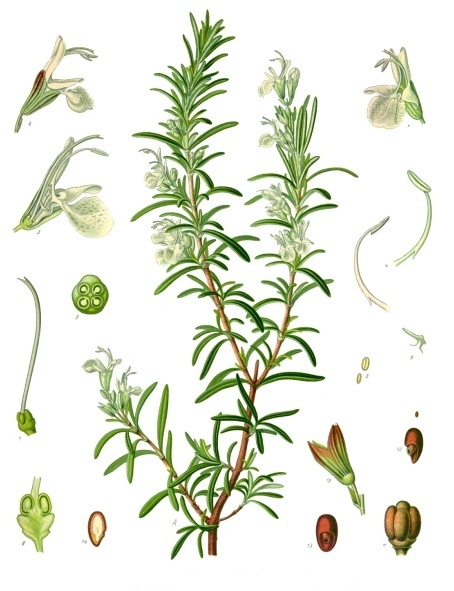
Köhler, F.E., Medizinal Pflanzen, vol.2, t.122 (1890)
http://plantgenera.org/species.php?id_species=887663
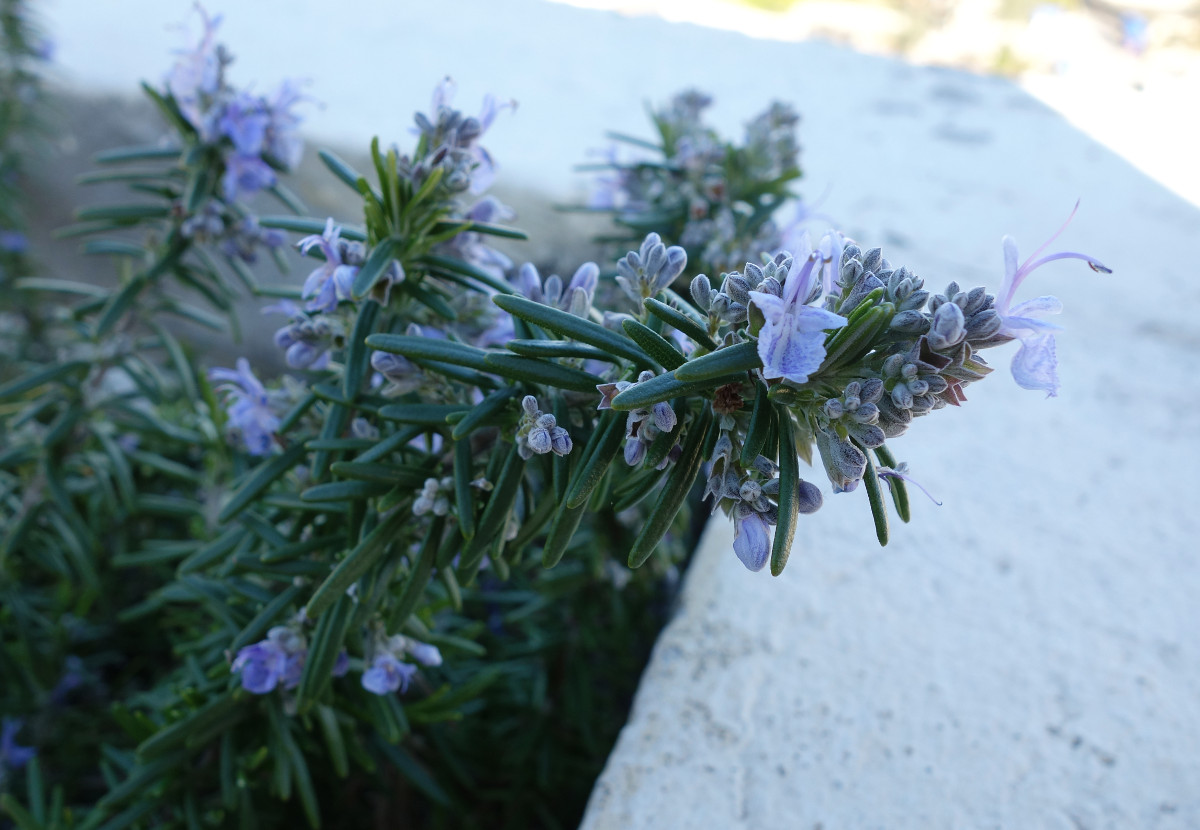
Rosmarinus officinalis, Grasse 2016, CC BY-SA 3.0, Author: Andreas Kraska

